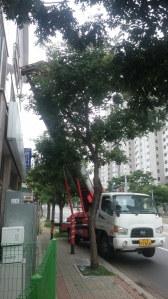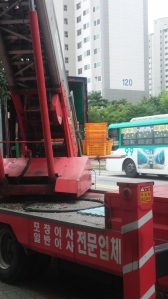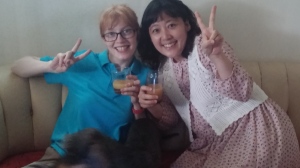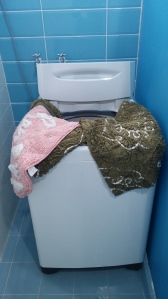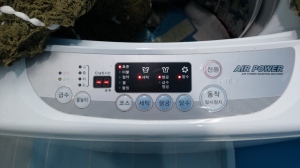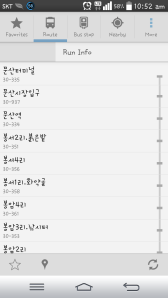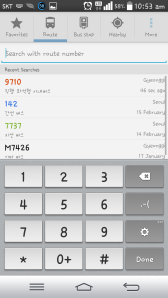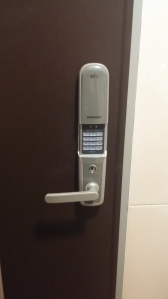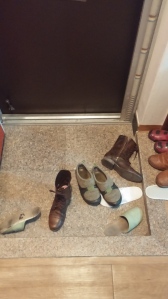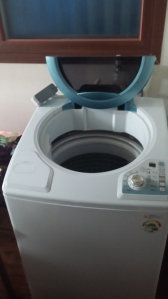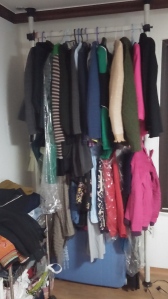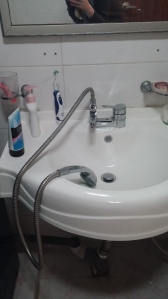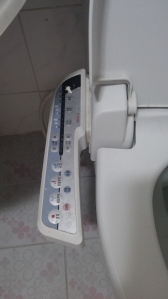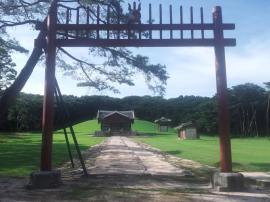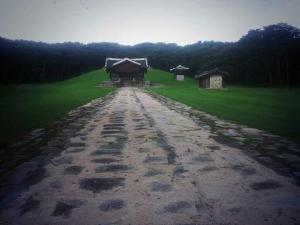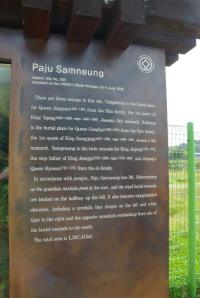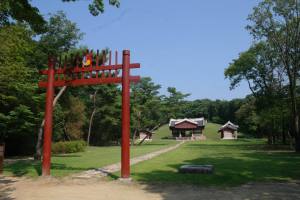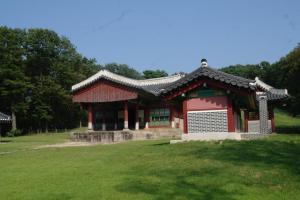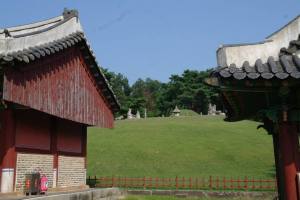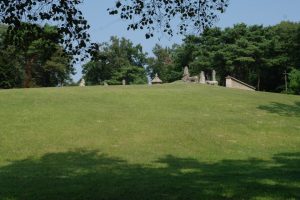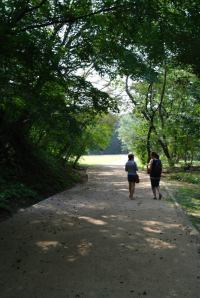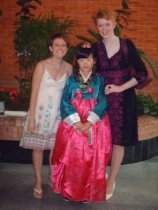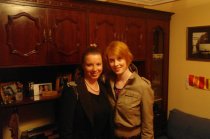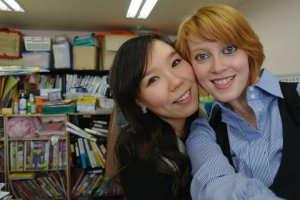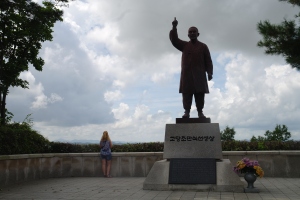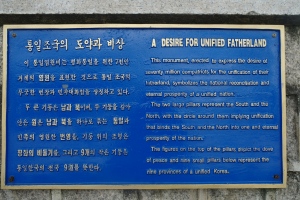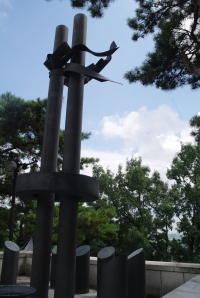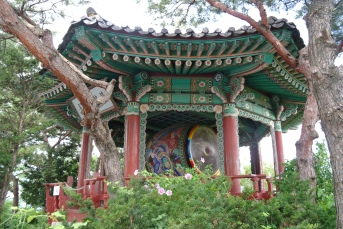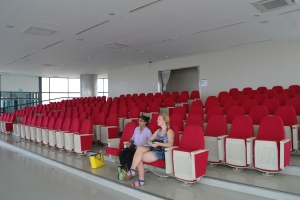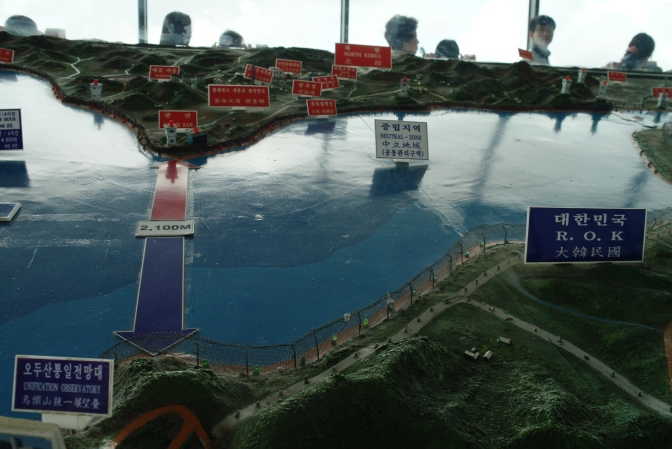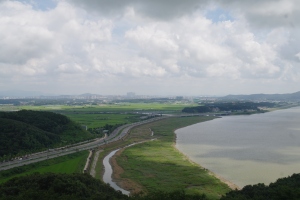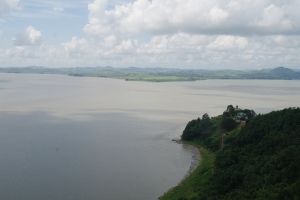In the five years I’ve been in Korea, I’ve only moved twice. The first time was to a bigger apartment just down the street but this time I made the big move from Paju to Ilsan.
It all happened rather quickly. I knew for a while that my apartment contract was up and informed my co teacher of my intention to move to Ilsan. Neither of us saw the urgency of apartment hunting before summer holidays so we both arrived back on August 4th with no new apartment sorted. We were so slack that we didn’t even know when I was supposed to move out of the apartment I was in. After a phone call to my land lady, it turned out that I had just 10 days to get myself together and move out.
This is when my co teacher proved how much of a legend she was. Ilsan is a large enough city with several areas. Here is a map I got from Wikipedia; (http://ko.wikipedia.org/wiki/%ED%8C%8C%EC%9D%BC:Korea-Goyang-si-Ilsan-gu-map.png)
My school is in Daewha so naturally I wanted to stay close but after a few more phone calls my co teacher deemed the apartments too old to stay in. By lunch time on Monday she had chosen an area she saw fit and had an appointment booked with the real estate agent. Excellent.
5.30pm and we’re looking at apartments. I should take the time to outline how this works. For me, the apartment is provided by the school. This means that I was on a budget in terms of key money and rent. Key money is the large sum you hand over at the start and you will get it back at the end of the contract if there’s no major damage to the apartment. In this case it was 5,000,000. Key money can be any amount though, from 3,000,000 to 20,000,000, depending on the size of apartment.
Then you have your monthly rent. In my case it was 500,000. Again, rent can be any amount depending on the size of the apartment, area you live in etc etc.
So we looked at a few apartments. My coteacher turned out to be super fussy. There was a funny smell, it wasn’t big enough, the building wasn’t secure enough, bad location and on and on until we arrived at a brand new building.
So new, that the apartments weren’t even finished yet. We looked at a one room but since there were no doors, I stumbled into a larger two room. This was my preferred space and after my co teacher negotiated the rent, I was good to move in.
My boss signed the contract on Tuesday and the following Thursday I moved out of my old apartment. Looking back, moving out was a stress free experience. I simply put my stuff in boxes, left them together and had the movers take care of them.
Moving out of an apartment in Korea is actually a big business.. You call up a moving company and tell them when you’re moving. They confirm that they are available and ask how much stuff you have, what floor you’re on and what floor you’re moving to. You get a price and pay a deposit. They turn up to your apartment on moving day, park the lift and truck outside, speak with you about what you’re taking or leaving and then you’re free for 30 minutes. Well that’s how long it took for them to move all my furniture and stuff out of the apartment. And they are thorough. They simply take out your window and move everything out. Here are some pictures to give you the idea……
You can see the crates in the last picture. While they were doing that, my co teacher and I were having some refreshments…..
The worst part of the day was sorting out the bills at my old house. We had to go to the real estate for that apartment, who had to call the gas company, electrical company and figure out how much was owed. Eventually, we got it done and off to Ilsan.
Same thing happened there but in reverse. They took everything from the truck and it was all put into my apartment. The man even suggested where he though everything should go. They were so good in fact, that they re made my bed and put my shampoo and conditioners in the correct area. After that, it was me and a tonne of boxes in an apartment building where I am the only resident.
The new place is working out well. It’s more compact that my old place but more of an apartment, if that makes any sense. Everything is new and there’s CCTV around the building, an electronic key pad on the door as well as a camera outside to see who rings the bell. It has a beautiful shower and the days of having the shower over the sink are over! (It’s the small things in life, you know)
Right now I don’t have any pictures of the new place but as soon as I do, I’ll upload them here!


